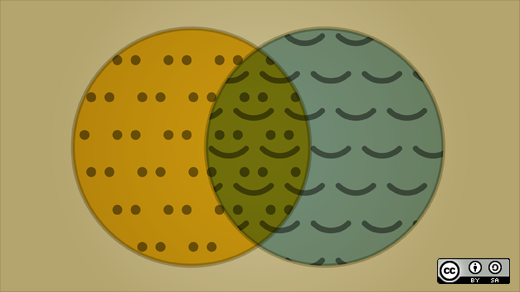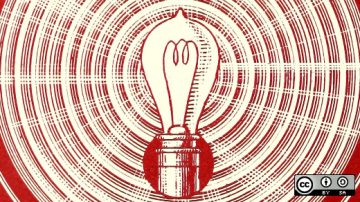Making group decisions used to be easy.
The group's leader made a decision, and everyone else accepted it. The leader may have been a manager, a team lead, or the alpha in a social group. Was that decision the best one for the group? Did it take all relevant factors into account? It didn’t really matter, because people didn’t want to buck authority and face the ramifications. But this behavior was typical of life in hierarchical systems.
Those systems have been eroding slowly over the past 20 years. Recently, open, collaborative decision-making styles and practices have received much recognition, as leaders have begun to understand that allowing group members to influence and participate does not lower their standing. Requesting feedback from people before finalizing a decision brings new perspectives, experiences, and ideas to the table. Just as importantly, it shows the people in your group that you care about what they think and respect their experience and knowledge.
Gaining buy-in and ownership of a decision is hugely important today—especially when you want to empower your group to not only follow a decision, but be passionate about it as well. Passionate people are more likely to invest more effort in their work, doing whatever it takes to help a project succeed.
Learn the process
This general process for making decisions "openly" aligns well with the open source philosophy prevalent in today's software development ecosystem (Red Hat, the company I work for, has defined an Open Decision Framework, which goes into depth describing how this all works).
The process involves five stages:
- Early engagement
- Gather diverse participants
- Request feedback and encourage changes
- Ask for and encourage dissent
- Incorporate ideas
First, you'll need to engage your group early in the decision-making process. If you already have a full proposal before you even begin discussing the idea, convincing others that you're really interested in what they have to say will be much more difficult. Start with a high-level objective and ask "What can we do to meet this?” The earlier in the process you start soliciting feedback, the more ownership and empowerment you will grant to the group.
Involving diverse participants in discussions grants you a wider range of perspectives. "Diverse" can refer to any factors that ensure different perspectives. Men and women often see things differently, as do people who grew up in different cultures. Neurodiversity, different personal situations, race, religion, and professional experience are all aspects that can influence a group's perspectives; it's important not to just try to "check boxes" when seeking diversity. The work doesn't end after you develop a diverse group. You'll also need to ensure that the members treat all ideas with equal respect and attention.
Make sure you're encouraging participation and specifically ask people for their input. Keep in mind that if you tell someone their idea is dumb they will likely stop contributing to the discussion. Not every idea is "good" or appropriate, but try to foment discussion or raise challenges that will need to be overcome. It could be that while the initial idea can’t be used because of those challenges, when opening the conversation it will suddenly become feasible when someone comes up with a way to overcome the challenges or modify the idea slightly.
While all discussions should be respectful, dissent (or disagreement) is an important aspect of ensuring a group has thoroughly vetted ideas. Always relate discussions to an idea when disagreeing, not to the person who suggested it. Ideas that go through the gauntlet and are picked apart are sharpened and should be bulletproof by the time the process is complete. So the more you can enable discussion, dissent and disagreement, the better off your idea will be.
Finally, don't just offer lip service to an inclusive decision making process. You have to actually enable and empower the group to actually influence an outcome. Give credit for good ideas. Communicate how the open process bettered the decision.








Comments are closed.